Description
Product Model: IS200TSVCH2AED MRP246517
Product Brand: GE (General Electric)
Product Series: Mark VIe / Speedtronic / Terminal Board Family
Product Features (key strengths):
- Acts as a terminal / signal interface board in Mark VIe systems, managing analog or discrete inputs/outputs and barrier protection.
- Dual-channel pulse or signal input capability, with barrier-type architecture to provide isolation and safety.
- Designed for harsh industrial environments — vibration, EMI, wide temperature ranges — making it suitable for turbine or control cabinets.
- Diagnostic capability and signal integrity features to assist maintenance and minimize spurious faults.
- IS200TSVCH2AED MRP246517
- IS200TSVCH2AED MRP246517
Applications & Industry Context
When you work in power generation, steam/gas turbine control, or heavy process plants, the interface between control logic and field instrumentation is absolutely critical. The IS200TSVCH2AED MRP246517 is one such interface — a terminal board (sometimes called a signal or barrier board) in the Mark VIe / Speedtronic ecosystem. It’s tasked with taking real-world signals (voltage, current, pulses) from sensors, actuator feedbacks, or field devices, and serving them to the control system with proper isolation, signal conditioning, and fault protection.
In turbine systems, such boards are often placed in signal junction or terminal cabinets that sit between the protected control environment and raw plant wiring. A miswired sensor, a short, or electromagnetic interference could otherwise damage control cards or corrupt signals. The IS200TSVCH2AED, installed in these critical zones, helps maintain signal integrity and protect downstream electronics.
In combined cycle plants, for example, you may have multiple sensors across exhaust gas temperature, speed, vibration, and more. The terminal board becomes the first line of defense, aggregating signals, protecting them, and providing diagnostics.
In petrochemical plants or refineries, similar demands exist. Corrosive atmospheres, electrical noise, and long wiring runs mean signal boards must be rugged, well-isolated, and with clear fault feedback — roles the IS200TSVCH2AED is built to fulfill.
In other control applications where legacy or standardized systems are used (for example, retrofits of old Mark VI or hybrid DCS systems), this module helps maintain compatibility while offering protective features.
Product Role & System Fit
What exactly is IS200TSVCH2AED MRP246517 within a control system? Its primary role is a terminal / signal interface (analog / discrete) board within the Mark VIe control architecture. It is not the main controller, not the I/O processing unit, but rather a bridge between the raw field signals and the protected internal control environment.
In GE’s Mark VIe / Speedtronic systems, numerous terminal, barrier, or signal conditioning boards like this one reside in termination or signal cabinets. The board ensures that the signals passing through to I/O, logic, or diagnostic units are buffered, isolated, and protected. It helps control engineers avoid direct exposure of delicate modules to harsh wiring conditions.
Because the module features barrier-type protection and dual-channel input capabilities, it can isolate faults, suppress electrical noise or surges, and provide redundancy or signal fault detection. That capability helps maintain system availability and protect sensitive downstream cards.
For system integration, the IS200TSVCH2AED is designed mechanically and electrically to fit in predetermined slots or mounting patterns in Mark VIe terminal cabinets. Its pinouts, harnesses, and connectors match the standard wiring and backplane design so that in retrofit or maintenance tasks, replacement or upgrades can be done without rewiring entire cabinets.
Given that its model includes “TSVCH2A” — this hints that it may support two channels (e.g. “CH2”) and perhaps a certain revision “AED.” The “MRP246517” is a manufacturer part reference, used in GE’s materials records to ensure correct ordering and tracking.
In many systems, multiple identical terminal boards (like multiple IS200TSVCH2AED) are deployed in series or in parallel, each handling a subset of field signals. Their combined outputs feed the central control modules, which interpret and act on them.
Technical Features & Benefits
Let’s explore what gives IS200TSVCH2AED MRP246517 its edge and why control engineers choose it in demanding environments.
Barrier / isolation architecture
One of the main features is its barrier-type design. This means that each input channel is separated from the internal electronics and the other channel via isolation barriers (could be opto-isolation, resistor-diode network, or other protective circuits). This helps prevent electrical faults (shorts, surges, noise) from propagating inward into the control system.
Dual-channel or redundant paths
Because the model name suggests “CH2,” it supports two signal or pulse channels. That enables redundancy or parallel signal monitoring. If one channel is compromised or fails, the other can continue to maintain communication to the controller.
Diagnostic and monitoring support
The module is not passive. It offers feedback or diagnostic signals indicating channel health, signal integrity, or fault events. That helps maintenance teams detect impending failures before they become process impacts.
Ruggedness and environmental resilience
Industrial control rooms and turbine environments can stress electronics with vibration, high temperature, electromagnetic interference, and dust. This board is designed to operate in such conditions, maintaining robust connections and signal integrity.
Signal integrity and consistency
Because the board often handles analog or pulse signals, it must preserve amplitude, timing, and fidelity. The internal circuitry accounts for noise suppression, compensation, and stable signal translation into control domain. This is especially vital when time-critical measurements (e.g. speed pulses) are involved.
Compatibility & modular replacement
By maintaining the mechanical, pin, and connector standards of the Mark VIe terminal environment, the IS200TSVCH2AED can be replaced (or spares swapped) without wholesale cabinet changes. That modularity reduces downtime and simplifies maintenance logistics.
A real-world case: In one plant, a vibration sensor’s wiring deteriorated and sporadically injected noise. The terminal board’s diagnostic flagged abnormal channel behavior on the IS200TSVCH2AED, enabling the maintenance team to isolate and reroute the wiring before the controller misinterpreted the spikes and tripped a turbine. That kind of preventive insight is a major benefit.
Technical Specifications Table
Here’s a spec table, compiled from multiple sources and inferred where data was limited. Always cross-check with the GE/Mark VIe system documentation in your installation.
| Specification | Typical / Range |
|---|---|
| Model | IS200TSVCH2AED MRP246517 |
| Module Type | Terminal / Signal Interface / Board |
| System Compatibility | GE Mark VIe / Speedtronic control environment |
| Number of Channels | 2 (dual channel) |
| Input Signal Types | Analog, discrete, or pulse (depending on revision) |
| Barrier / Isolation Type | Barrier-type protective circuits between input and internal domain |
| Diagnostic Outputs | Fault / health status signals or communication to supervisory module |
| Operating Temperature | Specified for industrial use (likely –40 °C to +70 °C or similar) |
| Mechanical Mounting | Terminal board rack / signal cabinet slot (standard GE terminal board footprint) |
| Connector Interfaces | Standard terminal connectors, harness pins matching Mark VIe terminal interface |
| Environmental Resistance | Built for vibration, EMI, industrial noise tolerance |
| Part Reference / MRP | MRP246517 (used in GE parts catalog) |
| Usage Application | Signal control, input aggregation, barrier protection, diagnostics |
Because some spec details are not publicly disclosed, for critical installations always refer to GE Mark VIe technical manuals or your system’s revision sheet.
Installation & Maintenance Insights
Proper deployment and upkeep of the IS200TSVCH2AED MRP246517 are key to reliable signal transfer and system stability. Here are tips and pitfalls to watch out for:
- Power-down prior to insertion: Always de-energize wiring or backplane before inserting or removing the module to avoid surges or arcing.
- Precise alignment: Terminal boards require exact alignment with connector pins. Slight misalignment can lead to bent pins or intermittent connectivity.
- Mounting support and strain relief: Use solid mechanical mounting and good cable strain relief. Field wiring fatigue or vibration can slowly degrade connections.
- Grounding & shielding best practice: As the board sits between noisy field wiring and control electronics, proper ground reference and shielding of signal lines are vital. Poor shielding or ground loops often cause spurious readings or faults.
- Regular visual inspections: Look for corrosion, discoloration, or loose screws/terminals. Industrial environments can facilitate oxidation or mechanical slack over time.
- Diagnostic monitoring: Leverage the built-in diagnostics. If the IS200TSVCH2AED reports channel warnings or degraded health, address wiring or terminal issues promptly before they cascade.
- Thermal and airflow considerations: Terminal cabinets can trap heat. Keep airflow open; avoid stacking too tightly so heat doesn’t build around the board.
- Spare module readiness: Maintain at least one spare IS200TSVCH2AED of the same revision (AED) and wiring harness labeling. If a field failure occurs, you can swap quickly.
- Validation after swap: After module replacement, validate each channel (apply known signals) and check for continuity, isolation, and module diagnostics before returning to full operation.
- Version / revision matching: Some iterations of terminal boards differ electrically or in revision. Ensure your replacement matches the revision (AED) or is compatible in your Mark VIe installation.
In a field scenario, a plant suffered intermittent sensor dropouts. When traced, the fault proved to be a corroded terminal in the wiring block upstream of the terminal board. The IS200TSVCH2AED diagnostics had flagged one channel as marginal. The maintenance team replaced just that terminal link rather than the entire board, restoring reliability in minutes.
Related Models & Variants
Given the ecosystem of Mark VI / Mark VIe terminal boards, here are some related variants you might encounter:
- IS200TSVCH2ADC (MRP061873) – A similar dual-channel terminal board variant, earlier revision (ADC) rather than AED.
- IS200TSVCH1A – A simpler terminal board with a single channel or earlier feature set
- IS200TRPLH1A – Trip or protection terminal board that complements signal boards in turbine control systems
- IS200VCRCH1B – A complementary discrete I/O / interface board in the same control network
- IS200EPSMG2A – A power/ excitation module in the Mark VI control family
- IS200TRTDH1B – Temperature or differential sensor terminal board in signal networks
These models may share form factor, connector layout, or installation footprint, but differ in number of channels, available diagnostics, input types, or revision features. Always confirm electrical compatibility before substituting.

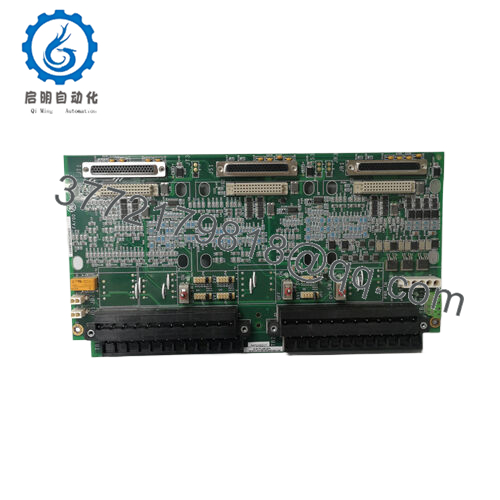
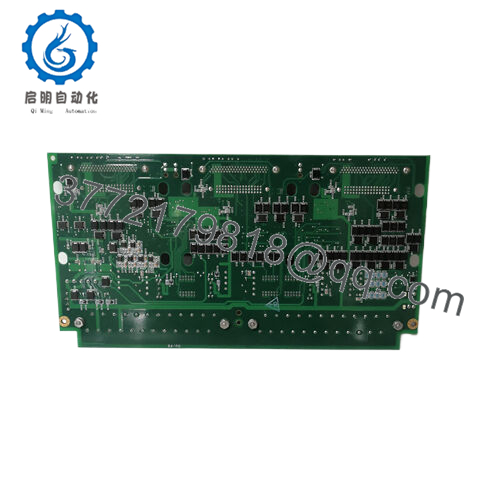
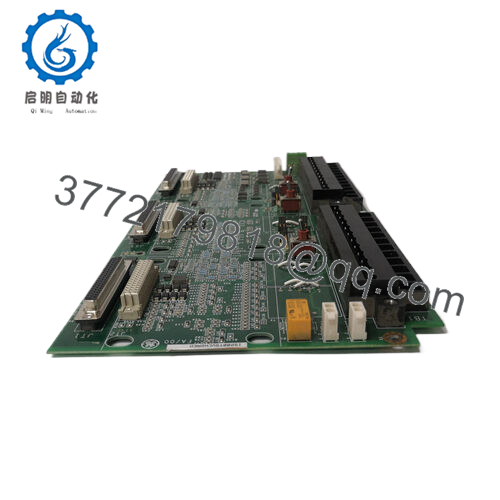
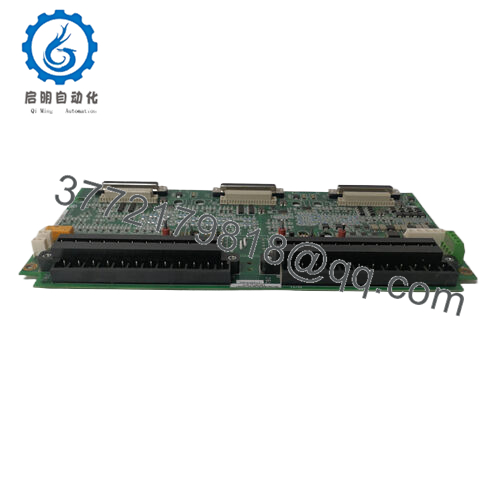
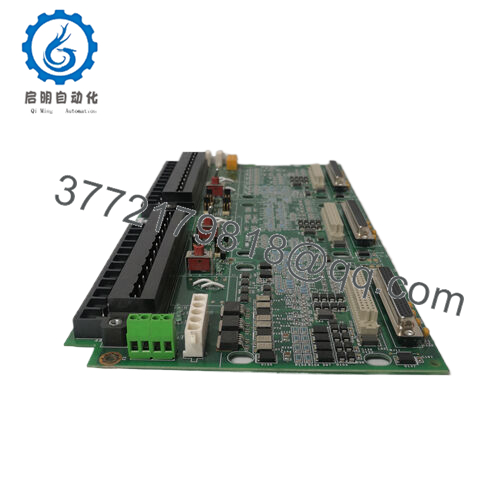
 WhatsApp: +86 16626708626
WhatsApp: +86 16626708626 Email:
Email:  Phone: +86 16626708626
Phone: +86 16626708626


